Prime agricultural areas
Learn about Ontario’s prime agricultural areas and how they are identified and designated.
This page provides an overview of prime agricultural areas, and how they are identified and designated based on agricultural policies in the Provincial Planning Statement, Greenbelt Plan and A Place to Grow: Growth Plan for the Greater Golden Horseshoe.
To maintain and enhance the geographic continuity of the agricultural land base and the functional and economic connections to the agri-food network, provincial Agricultural system policies are in place. This helps protect Ontario's prime agricultural areas for long-term agricultural use while enabling the agri-food sector to thrive. For more information, explore the Agricultural system further.
In the Greater Golden Horseshoe, agricultural system policies apply. Beyond the Greater Golden Horseshoe, the PPS encourages use of an agricultural system approach but also facilitates alternative approaches that meet the intent of the prime agricultural area policies.
Learn about Prime Agricultural Areas
- Characteristics
- Maps
- Designation of Prime agricultural areas
- Municipal approaches to designation
- Designation process including the Land Evaluation and Area Review (LEAR) methodology and the Agricultural Land Evaluation System (ALES)
- Size of Prime Agricultural Areas
- Non-agricultural Uses
- Economic opportunities
- Specialty crop areas
Characteristics
Prime Agricultural Areas represent large, generally contiguous blocks of land that enable current and future opportunities for agriculture. They are characterized by the presence of:
- Prime agricultural land, defined as specialty crop areas and/or areas with Canada Land Inventory (CLI) classes 1–3 lands.
- Other areas associated with prime agricultural land including CLI classes 4–7 lands and additional areas with a local concentration of farms with characteristics of ongoing agriculture.
- Agricultural areas with organic soil (not part of the CLI classification system).
Small pockets of existing non-agricultural uses may be found within prime agricultural areas.
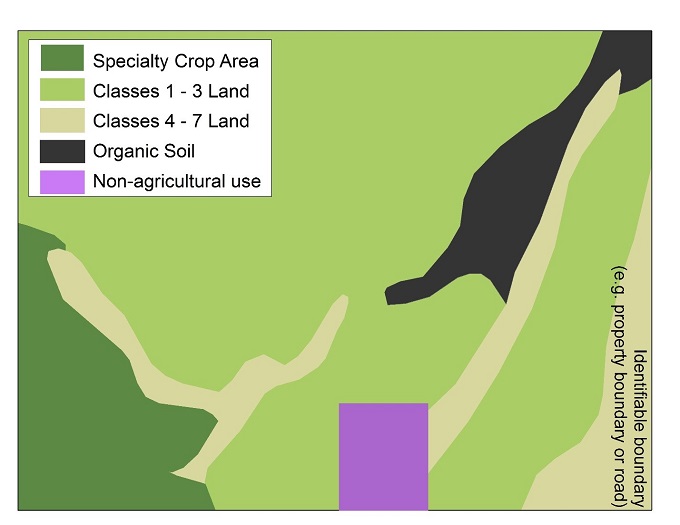
Maps
- Prime agricultural land is mainly concentrated south of the Canadian Shield where high capability soils predominate; Northern Ontario also has some large areas of prime agricultural land and lower classed land with a local concentration of agriculture that may be considered prime agricultural areas.
- Prime agricultural areas are typically shown on a municipal official plan's land use schedule. Most official plans are available online.
- For clarity and mapping consistency across municipalities, it is strongly recommended that municipalities label their designation "prime agricultural area." However, other labels are sometimes used (for example, "agricultural rural area," "agricultural protection area" and "agricultural area").
- To confirm the intent behind a designation of a different name, review the official plan policies and the land use schedule and/or consult with municipal planning staff.
- Prime agricultural areas in the Greater Golden Horseshoe have been mapped by OMAFRA in the Agricultural system agricultural land base map. This map, as well as maps depicting the agri-food network, are available on the Agricultural system Portal.
Designation of Prime Agricultural Areas
- The PPS and provincial plans (for example, Greenbelt Plan, A Place to Grow: Growth Plan for the Greater Golden Horseshoe) require that prime agricultural areas be protected and designated for long term use for agriculture. Municipalities must be consistent with the PPS and conform with A Place to Grow and the Greenbelt Plan.
- The province's preferred approach to designating prime agricultural areas in official plans is to have "prime agricultural areas" as a category of land use identified on a land use schedule or map, with corresponding policies in the official plan.
- Designating prime agricultural areas helps to ensure these finite, non-renewable resources are protected and considered when land use decisions are made.
- Designation of prime agricultural areas also provides information municipalities need to consider when land use decisions are made (for example, settlement area expansions, location of infrastructure, and recognition of natural heritage systems).
- The relationship between natural heritage systems and prime agricultural areas in the Greater Golden Horseshoe is subject to specific criteria and policies, as explained here.
Municipal Approaches to Designation
- Most municipalities with concentrations of prime agricultural land designate prime agricultural areas in their official plans. These municipalities must ensure the full meaning of "prime agricultural areas," as described above, is included in their designated area.
- In Southwestern Ontario, many municipalities designate all the land outside settlement areas as prime agricultural area. This reflects the widespread quality of the agricultural soils and prevalence of farming in the area.
- In other parts of the province, it is common for municipal official plans to have both "prime agricultural area" and "rural lands" designations. This usually means that the area outside of settlement areas has a broader mix of prime agricultural land and lower-capability land.
- In some cases, prime agricultural areas are designated and mapped in the lower-tier (for example, town, city, township) municipal official plan but are not yet shown in the upper-tier (for example, county, region, district) official plan.
- Some municipalities, primarily in Northern Ontario, do not have an official plan or only have a draft official plan. In these cases, it is best to consult the municipality and OMAFRA to confirm how prime agricultural areas are to be recognized.
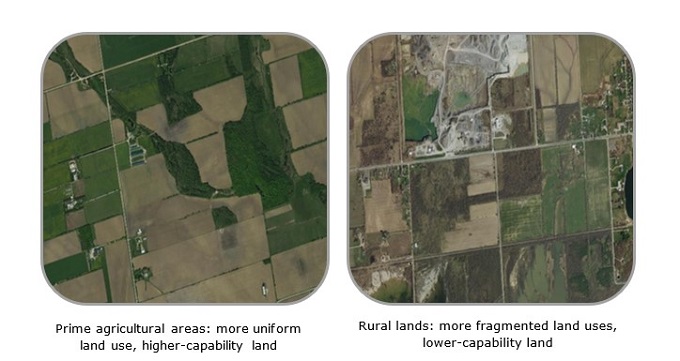
Designation process
- In municipalities where the land outside settlement areas meets the definition of a prime agricultural area, a study may not be required in order to designate the area in an official plan.
- In areas with more diverse soils, a municipality usually starts the designation process by conducting a study to identify candidate areas for a prime agriculture area designation. These studies (for example, Land Evaluation and Area Review (LEAR), Agricultural Land Evaluation System (ALES)) typically involve analyzing maps and information such as:
- CLI classes to assess land capability for agriculture
- Lot sizes to assess fragmentation
- Existing land uses to assess the degree of agricultural and non-agricultural uses in the area
- Municipalities should work with OMAFRA prior to commencing a study to identify prime agricultural areas. Guidance, technical advice and information are available.
- After candidate areas are refined and the final prime agricultural area is identified, the municipality amends their official plan to designate this area in a transparent process with public notification and input. Normally this would occur as part of a municipal comprehensive review or official plan review in the Greater Golden Horseshoe and an official plan review elsewhere in the province.
- In the Greater Golden Horseshoe, OMAFRA mapped prime agricultural areas as part of the Agricultural system. Municipalities are required to designate these areas in their official plans in accordance with the provincial plans, Agricultural system mapping and implementation procedures.
Size of Prime Agricultural Areas
- Prime agricultural areas are working landscapes where normal farm practices are promoted and protected. Normal farm practices may include activities that result in impacts such as noise, dust, vibration, smoke, flies, light and odour that may not be compatible with sensitive non-agricultural uses.
- Complaints and conflict between agricultural and non-agricultural uses can impair agricultural operations. Having large continuous areas for agriculture is essential for normal farm practices to occur with minimum disruption from other uses.
- Many farm operators need to move large, slow moving farm equipment on roads to plant, cultivate, harvest and transport crops. It can be more dangerous and difficult for operators to work efficiently if fields are distant or if sensitive land uses or traffic issues exist.
- Some parts of the agri-food supply chain depend on a critical mass of primary agriculture in close proximity to remain viable (for example, to ensure sufficient feedstock for facilities such as large grain dryers, distribution centres or food processors).
- For these reasons, provincial policy protects prime agricultural areas from non-agricultural uses and recommends that large continuous areas be reserved for agriculture.
- For the Agricultural system in the Greater Golden Horseshoe, OMAFRA identified prime agricultural areas as clusters 250 hectares and larger that have predominantly good soil, taking into account the amount of land in agricultural production and parcel fragmentation in the surrounding area. Outside the Greater Golden Horseshoe, the PPS encourages municipalities to use an agricultural system approach to foster a thriving agri-food sector.
- Smaller agricultural areas may not be prime agricultural areas unto themselves. They may be rural lands that together with prime agricultural areas help to create a continuous, productive land base for agriculture. In official plans, rural land designations typically allow for more types of uses than prime agricultural areas designations and provide opportunities to locate rural, non-agricultural uses where appropriate, outside of prime agricultural areas.
Non-agricultural uses
- Prime agricultural areas may include small pockets of non-agricultural uses within the working agricultural landscape such as golf courses, cemeteries, or commercial and residential lots.
- Existing non-agricultural uses in prime agricultural areas may have been approved before the current policies were in place.
- If permitted by an approved official plan and zoning by-law, these non-agricultural site-specific exceptions may continue, noting that they are limited to the type and scale of non-agricultural use that has already been approved.
- Being located within a prime agricultural area means that prime agricultural area policies also apply to sites with existing approved non-agricultural uses. Normal farm practices must continue to be promoted and protected and severances may only be permitted under specific circumstances.
- Proposals for new or expanding non-residential, non-agricultural uses must meet minimum distance separation (MDS) I setbacks and demonstrate the need for the uses. Alternative locations must be evaluated to assess whether there are any reasonable alternative locations which avoid prime agricultural areas or, if avoidance is not possible, whether there are any locations within the prime agricultural area with lower priority agricultural lands. In addition, impacts from any new or expanding non-agricultural uses are to be mitigated to the extent feasible. These policies recognize that the long-term use of land in prime agricultural areas is intended for agriculture.
- If new non-agricultural uses are approved within prime agricultural areas (with the exception of settlement area expansions), they are to remain part of the designated prime agricultural area.
- Should an approved non-agricultural use cease, any land use planning applications to permit an alternative future use must be consistent with the prime agricultural area policies discussed above.
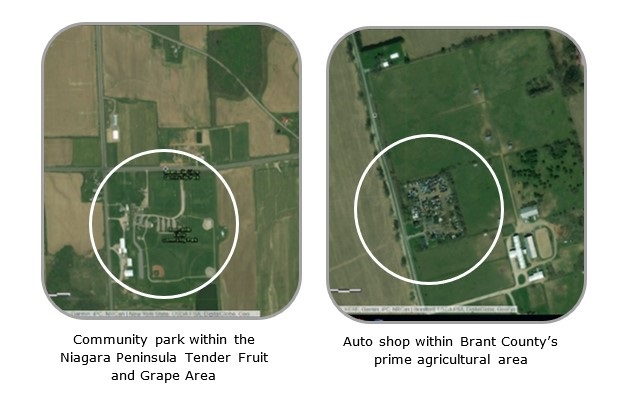
Economic opportunities
- The PPS and provincial land use plan policies provide many opportunities for the agricultural industry and rural economy to thrive.
- As prime agricultural areas are a finite, limited resource, agricultural uses are to remain the principal use in prime agricultural areas.
- A wide variety of agriculture-related uses and on-farm diversified uses are also permitted if certain criteria are met. These uses can increase income, create jobs and diversify the tax base.
- OMAFRA's Guidelines on Permitted Uses in Ontario's Prime Agricultural Areas help decision-makers implement provincial policy on permitted uses and highlight diversification opportunities.
Specialty crop areas
As outlined in the Provincial Policy Statement, 2020, the following crops are predominantly grown in specialty crop areas:
- tender fruits (for example, peaches, cherries and plums)
- grapes
- other fruit crops (for example, apples, pears and berries)
- vegetable crops
- greenhouse crops
- crops from agriculturally developed organic soil (for example, carrots and onions)
The commercial production of these crops is possible due to a combination of:
- suitable soil and/or special climatic conditions
- farmers skilled in growing these crops
- capital investments into areas such as:
- perennial rootstock
- workers' accommodations
- storage, processing and distribution facilities
- drainage or irrigation infrastructure
- equipment
Provincial policy gives specialty crop areas the highest priority for protection because they:
- are scarce and unique; if lost, they cannot be recreated
- are important economically (jobs, diversification of the economy)
- represent some of Ontario's highest earning agricultural lands
- provide many value-added and agri-tourism opportunities
Permitted uses in specialty crop areas
- Include a wide variety of economic opportunities such as agricultural, agriculture-related and on-farm diversified uses.
- Under certain conditions, infrastructure (for example, roads, pipelines) and mineral aggregate extraction may be permitted.
- Other non-agricultural uses, including settlement areas, are not permitted.
Provincial specialty crop area locations
Provincial specialty crop areas can be categorized into three groups:
- Specialty crop areas designated in the Greenbelt Plan:
- Holland Marsh
- Niagara Peninsula Tender Fruit and Grape Area
- Specialty crop areas designated in a provincially approved, municipal official plan:
- Grey County's apple-growing area
- Lambton County's Thedford Marsh
- Areas with specialty crop area characteristics and economic opportunities associated with fruit and vegetable production, but not yet designated in a municipal official plan or provincial plan:
- Several historic references recognize additional important fruit and vegetable production areas (for example, Foodland Guidelines, 1978; OMAFRA fact sheet: Fruit Production in Ontario, 1981 (updated in 2004); Physiography of Southern Ontario, Chapman and Putnam, 1984)
- These areas may include, but may not be limited to Essex County, South Kent, Norfolk County and Prince Edward County/Lake Ontario shoreline.
- OMAFRA's Rural Planners are available to support mapping of these areas during municipal official plan reviews.
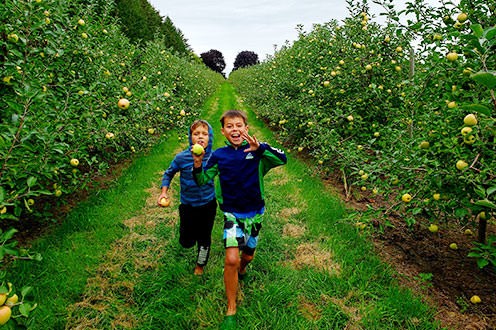
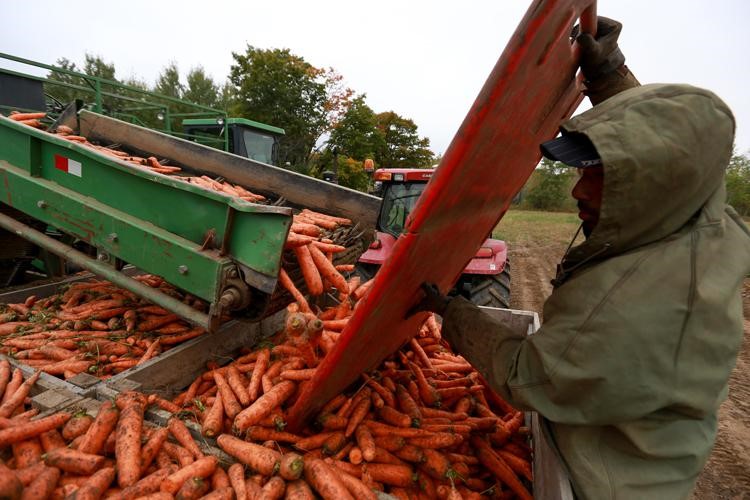
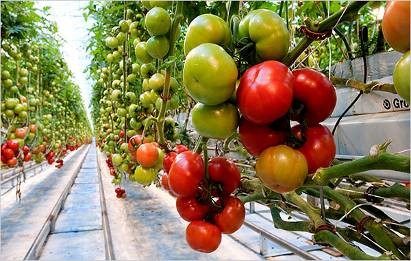
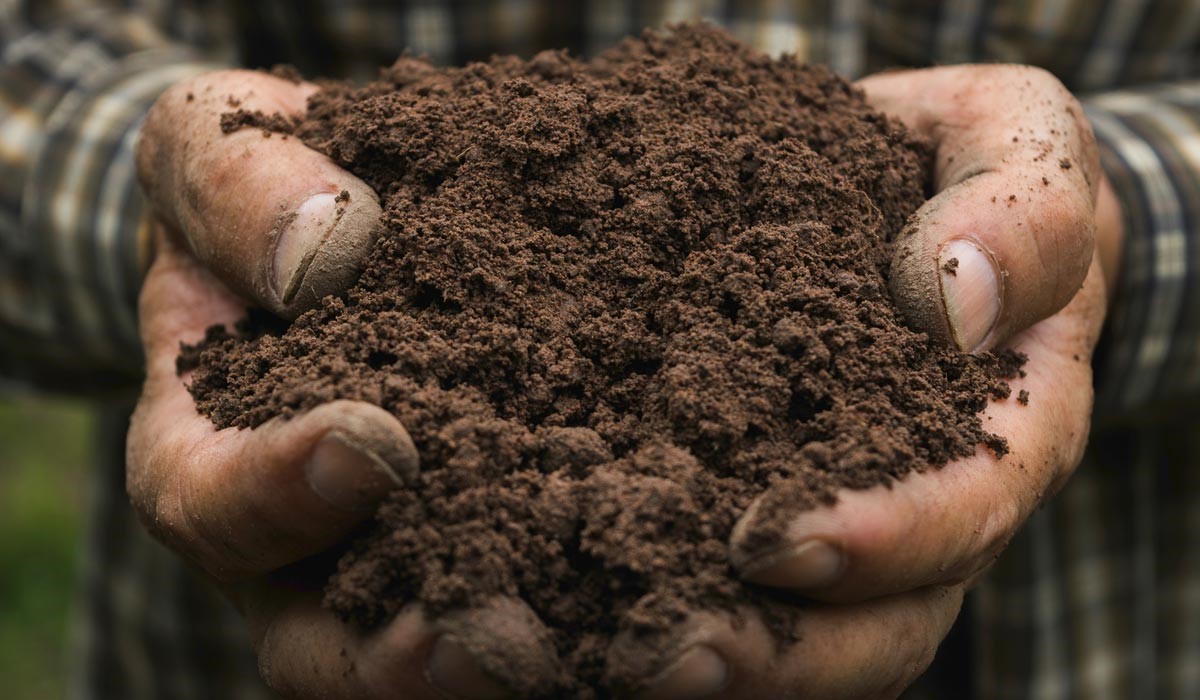
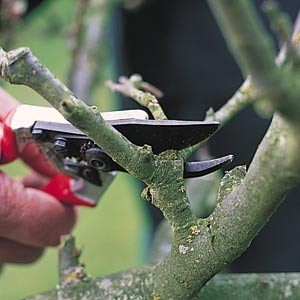
In addition to provincial specialty crop areas, municipalities may designate locally or regionally significant specialty crop areas based on municipal criteria.
OMAFRA's Agricultural Information Atlas provides easy access to agricultural information and a map-making tool for analyzing agricultural areas.